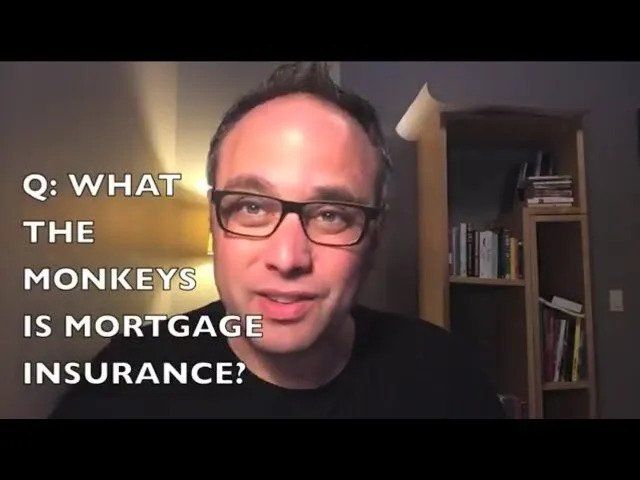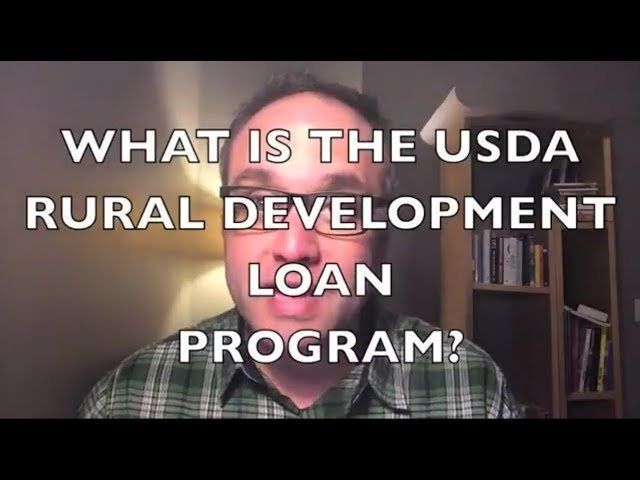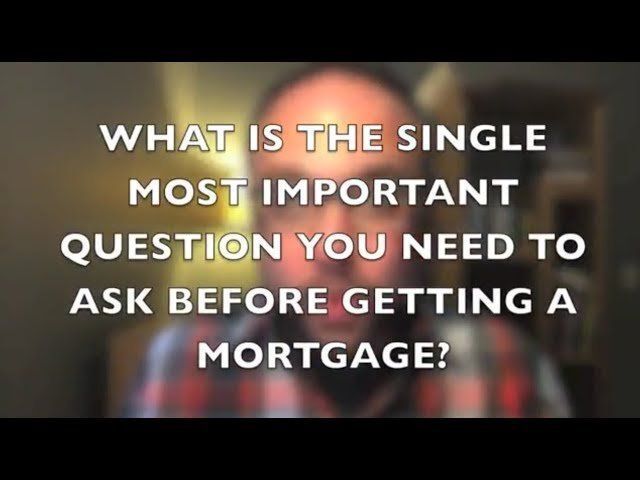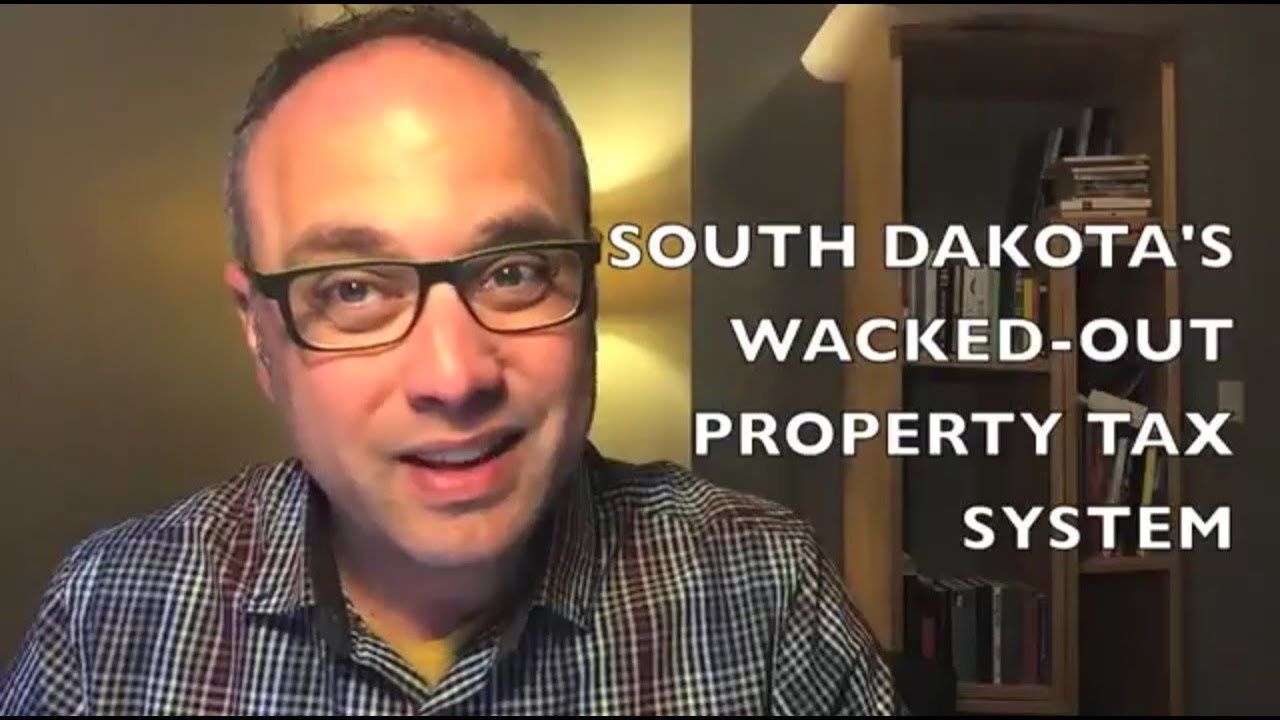Look on any site schlepping mortgages & you’ll see the interest rate & how many ‘points’ it takes to get that rate. But that word, ‘points,’ is rarely explained and is often a source of confusion. So here’s the quick & dirty on what points are and how you can use them to your advantage.
A point is one percent of the loan you are borrowing. For instance, one point on a $100,000 loan is $1000.
Points come in two flavors: origination and discount.
Origination points are the fees your lender charges for setting up your loan. A one-point origination fee is traditional. Anything higher than that should raise an eyebrow and send you shopping.
Discount points are essentially prepaid interest. Buy opting to pay additional discount points, you can ‘buy the rate down’ on your mortgage, which would result in a lower interest rate over the term of your loan. It’s not a 1-to-1 correlation, though. In other words, paying one discount point doesn’t necessarily translate into a one-point reduction in your interest rate. You may see a .25% reduction in the interest rate for paying one discount point, but that ratio varies widely between loan products and is very much affected by day-to-day market conditions.
Discount points also work in reverse. You can increase the rate in exchange for ‘reverse points,’ which act as credits to offset your closing costs. If you have ever seen a lender advertising a mortgage with no closing costs, reverse points are generally at play. The rate is being increased to a level high enough to completely wash out the closing costs.
Should you pay points? Or should you pay reverse points? Maybe, it depends. You have to answer a very important question first. I’ll get into that question next week, stay tuned…
Note: Please do not email personal financial information.





